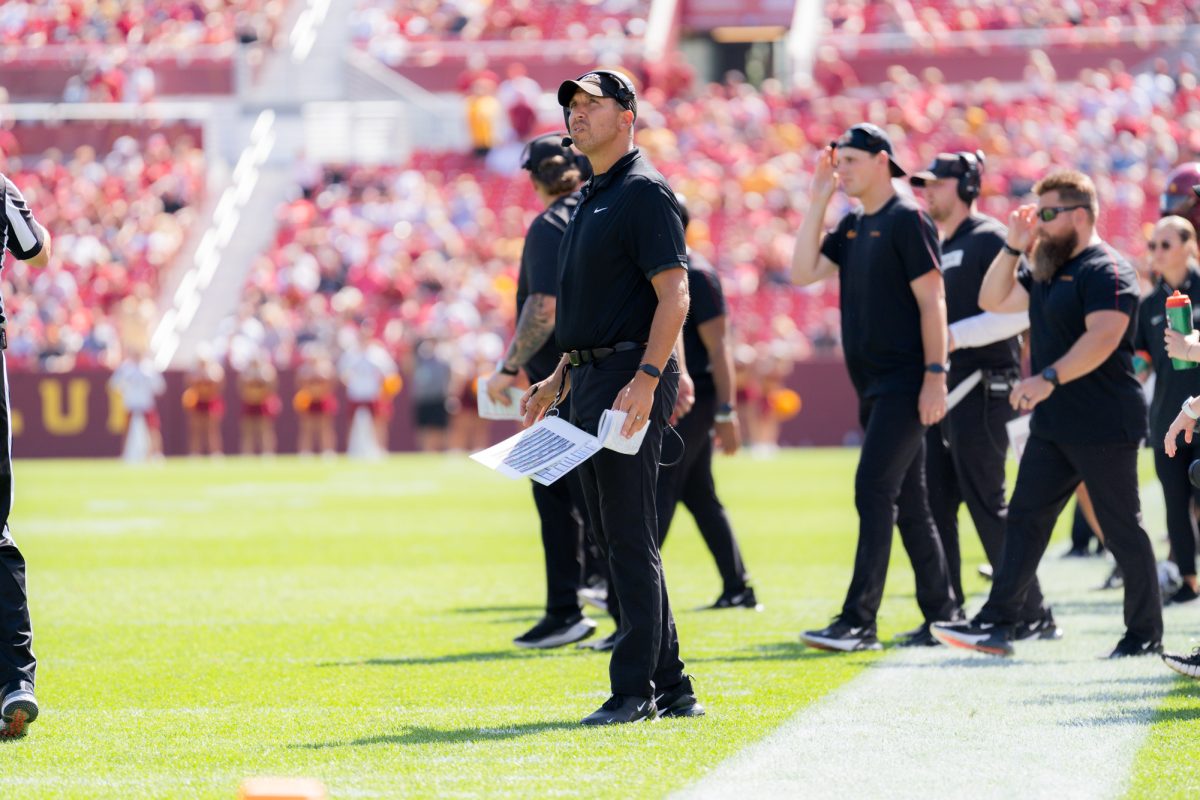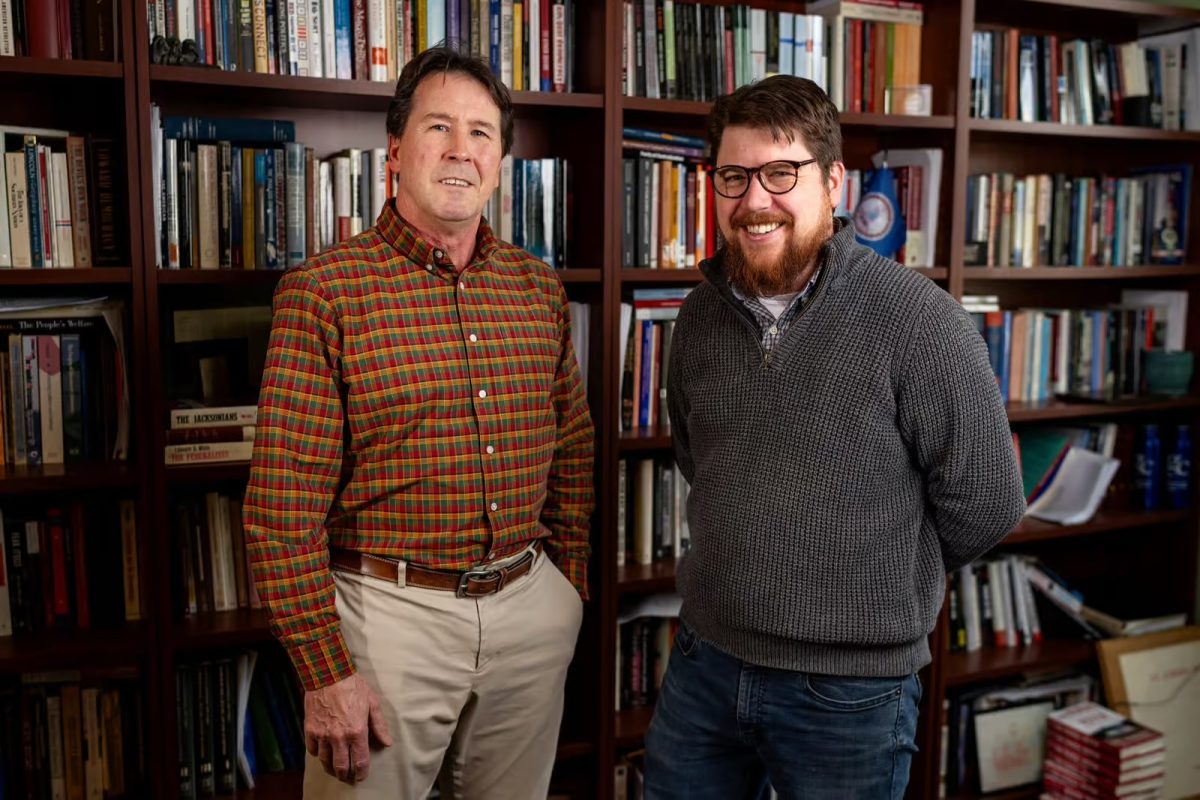Second Amendment could handle a little interpretation
June 1, 2000
Amidst all the NRA nonsense resisting firearm safety, the argument concerning gun bans has reopened. The simple version of the disagreement pits on the affirmative that a generally liberal group, including many mothers, wish to restrict the use of many types of handguns, rifles, automatics, assault rifles, and everything else that lobs bits of metal at high speeds. The negative position, strongly backed by the NRA and its supporters, demands the right to own these controversial devices of slaughter.
An ill-used argument in favor of the NRA stance quotes the Second Amendment to the United States Constitution as though it preserves everything the NRA has ever argued. The Second Amendment does not magically protect the right to any arms at any time. Actually, the drafters of the Constitution intended the document to be general enough for interpretation.
The ingenious writers of law in 1789 were already thinking ahead. They all knew that law would need to change over time. (A little revolution now and then…) Hence, from Article III emerged the Supreme Court whose powers extended “to all cases of law and equity.” In “Marbury v. Madison,” the Supreme Court defined its powers to define the law and to determine the constitutionality of any law.
The Supreme Court routinely redefines the Constitution as well as declaring some laws unconstitutional. Witness the First Amendment. Free speech is not unlimited in the United States. Restrictions appear over the radio waves, on television,and in circumstances concerning the safety of others. Limitations on freedoms have always benefited society by keeping us above “the natural state of man.”
Like the First Amendment, the Second Amendment needs interpretation. It needs lots of interpretation. To begin with, most arms are banned from private ownership already. The National Missile Association should be furious over limitations on private ballistic missile ownership. Nearly all explosive weapons, armed vehicles, and chemical weapons are not available to the public. Sorry.
Consider why the Second Amendment was written. The militia in 1776 consisted of private citizens who needed to furnish their own rifles. The Amendment really addresses the lack of military access to arms. As long as people had access to these muskets in war time, the writers of the Constitution were satisfied. In the minds of the writers, arms stored under the control of the national militia was the same as having arms in your own house. Great Britain in the 18th century denied colonists to bear arms full stop.
The arms bans today just want to restrict the types of weapons available in private residences. Imagine the neighbor kid with his new Bradley tank.
Keep in mind that the Amendment under consideration does not specify the type of “arms” that people may bear. Logically following, the Second Amendment would not be transgressed if people could bear spoons and only spoons, as long as spoons were considered arms by the Supreme Court. Funny the Amendment did not read, “…right to bear the most powerful hand-held weaponry available.”
The Constitution does not tell me when exactly I may bear arms. Recall that the First Amendment has been interpreted to often include time and place. For example, I cannot yell “Armed lunatic child!” in a crowded theatre. Likewise, the right to bear arms could be restricted to shooting galleries and hunting grounds. The right to bear arms could technically be restricted to one day a year and still manage to stay legal under judicial review.
Matthew Greenely is an alumnus from Ames.






